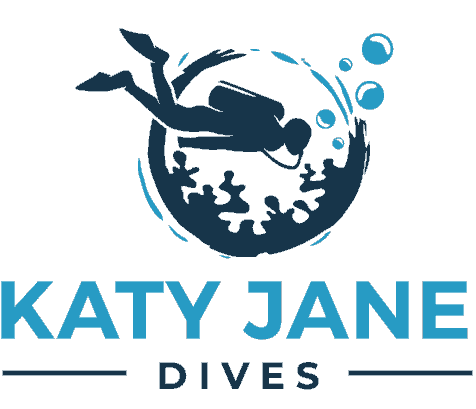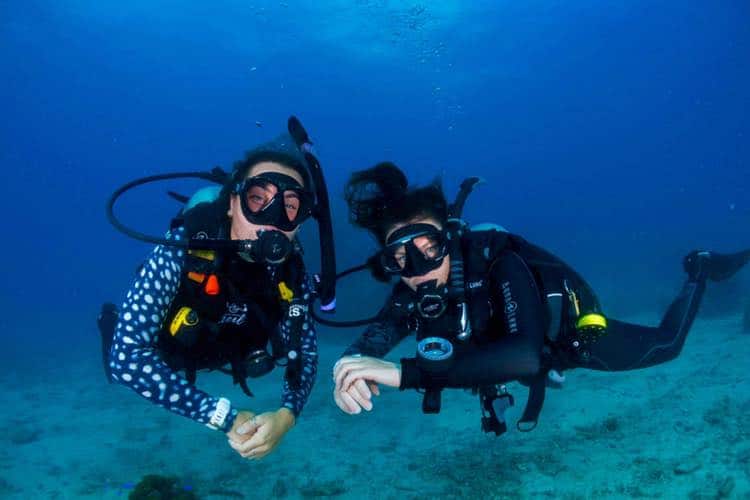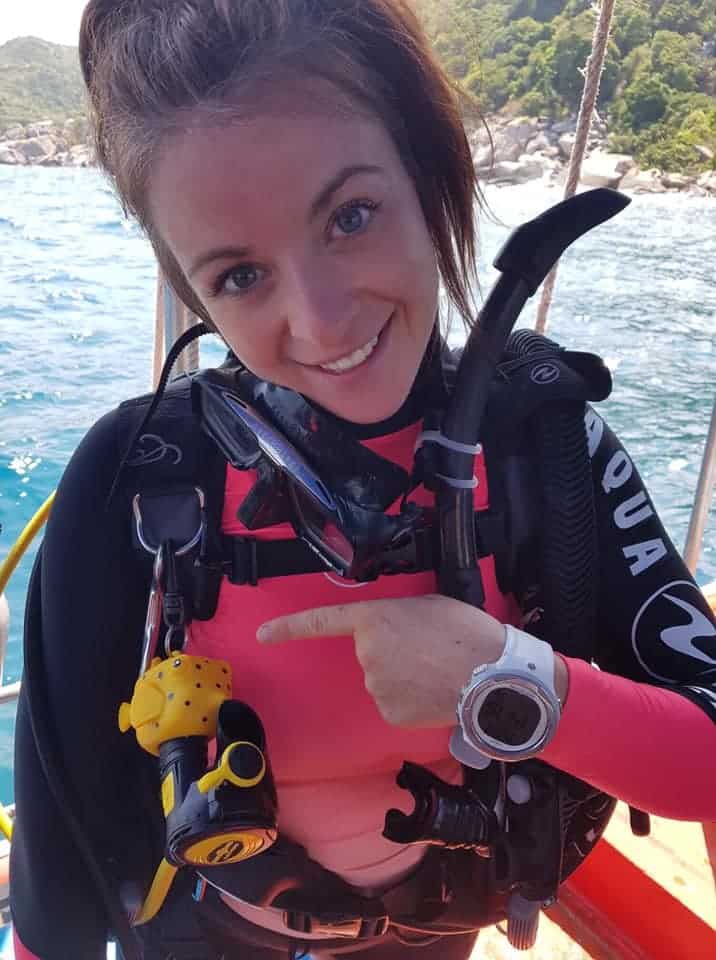Cuba’s diving scene captivates with drift dives, wall diving, reef dives, shark diving, and wreck dives, offering a varied underwater adventure. Among the best dive sites, Jardines de la Reina stands out for its large offshore reefs and protected areas – a UNESCO World Heritage Site, showcasing Cuba’s commitment to marine conservation.
This archipelago, declared a Marine Park in 1996, demonstrates Cuba’s dedication to preserving its unique underwater biodiversity, providing divers with pristine environments to explore.
A big thank you to Varedero Diving Tour with whom I partnered to create this article.
They’ve provided us with fascinating insights and hidden treasures of Cuba’s underwater world, complete with stunning photographs that capture the beauty of this diving paradise.
Table of Contents
Quick Look
- Jardines De Le Reina
- Canarreos Archipelago
- Jardine Del Rey
- Caya Coco
- Bay of Pigs
- Santiago De Cuba
- Cayo Largo
- Maria La Gorda
The best way to experience the caribbean sea can often be through a cruise.
Read my Full Review Of Cuba Liveaboards, By Clicking Here.
Top Dive Sites in Cuba
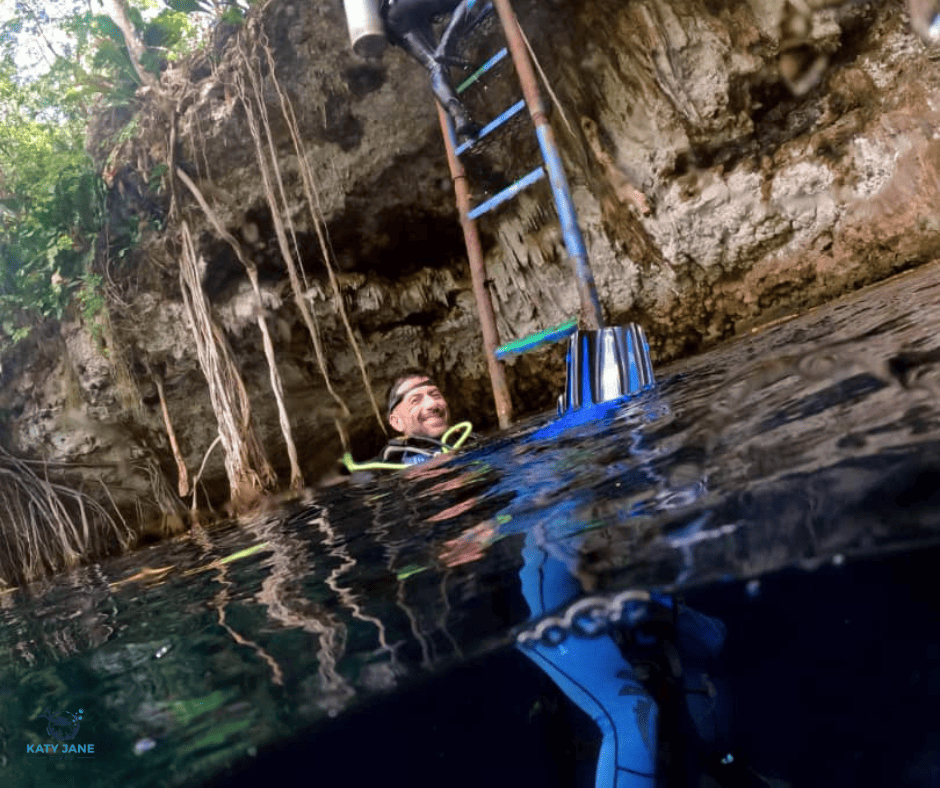
This guide not only highlights Cuba’s premier diving locations but also addresses safety concerns and identifies the optimal travel period. Additionally, detailed insights into each site, including depth, visibility, and water temperature, are provided to enhance your diving journey.
Jardines De La Reina
- Location: 100km off the Southern Coast
- Perfect For: Suitable for intermediate to advanced divers due to its remote location and potential for strong currents
- Likely to See: sharks (particularly Caribbean reef sharks and silky sharks, hammerheads and lemon sharks), groupers, snappers, and a variety of coral species.
- Temperature: 24°C to 29°C (75°F to 84°F)
- Visibility: 20 to 30 meters (65 to 100 feet)
- Depth: 30 meters (100 feet) or more
Jardines de la Reina in Cuba is an expansive marine park renowned for its untouched coral reefs and abundant marine life, creating a haven for divers. This protected area, established by the Cuban Government in 2010 to preserve its natural beauty, offers encounters with sharks, coral species, and diverse aquatic fauna.
It is a spectacular string of keys that stretches for 135 km, connecting seagrass beds, mangrove forests, and coastal habitats, is one of the largest marine protected areas in the Caribbean and among the region’s best-preserved coral reef ecosystems
Its status as a protected zone makes it a must-visit for those seeking extraordinary dive adventures amidst Cuba’s rich marine biodiversity.
However, be aware that access to sensitive and protected marine areas like Jardines de la Reina is carefully regulated to ensure environmental sustainability and conservation. The Cuban government and associated conservation organisations do limit the number of visitors to protect the reef’s biodiversity.
Jardines de la Reina is reached exclusively by boat from Jucaro, Ciego de Ávila, with trips varying from 2.5 to 5 hours based on weather. Only one operator (Avalon Waterways) manages dive expeditions here, offering five liveaboards and a floating hotel for diving access. All accommodation options offer similar diving experiences, with most sites a short boat journey away, ensuring diverse underwater adventures within the marine park.
Canarreos Archipelago
- Location: 50km off the Southern Coast
- Perfect For: Suitable forBeginners and experienced divers alike.
- Likely to See: Lots of species of Sharks, Barracuda, schools of Fish & healthy coral
- Temperature: 79 °F (26 °C) to 84 °F (29 °C)
- Visibility: 30 metres (100 feet)
- Depth: 61 metres
The Canarreos Archipelago in Cuba offers a diverse underwater landscape, known for its clear waters and rich marine biodiversity. The archipelago is made up of around 350 islets and offers diverse diving including easy options without currents, making it perfect for beginners.
Divers exploring this area can expect to encounter vibrant coral reefs, an array of colorful fish species, and possibly even sea turtles and dolphins.
Access to the remote Canarreos Archipelago is typically through chartered boats or dive tours organised by dive centres located in Cuba. These specialised tours cater to divers by providing transportation, diving equipment, and guidance to the best diving spots within the archipelago, ensuring a seamless experience even in such secluded locations.
The archipelago’s remote location contributes to preserving its underwater ecosystems, making it an ideal destination for those seeking a serene dive experience away from crowded sites.
Jardine Del Rey
- Location: Off the Northern Atlantic Coast
- Perfect For: It varies across the dive sites, check with your dive centre if unsure.
- Likely to See: Reef Sharks, Bull Sharks, Yellowtail Fish, Dogfish, Parrotfish & much more.
- Temperature: 79 °F (26 °C) to 84 °F (29 °C)
- Visibility: 20 - 40 metres (65 -130 feet)
- Depth: 10 metres
Jardines del Rey in Cuba, part of the Sabana-Camaguey Archipelago, is celebrated for its exceptional diving spots, appealing to both novice and seasoned divers. This area is distinguished by its rich marine ecosystem, particularly around Cayo Coco, Santa Maria, and Cayo Guillermo, where coral reefs stretch over 10 km with depths ranging from 10 to 30 meters.
With 18 dive sites, divers are spoilt for choice, from La Jaula’s diverse sponges and sharks to Las Coloradas’ caves and tunnels, each offering a unique underwater experience.
Caya Coco
- Location: Off the Northern Coast
- Perfect For: Beginners and experienced divers
- Likely to See: Hammerheads, Reef Sharks, Black Tip Sharks, Hawksbill Turtles, American Crocodiles & many other species
- Temperature: 79 °F (26 °C) to 84 °F (29 °C)
- Visibility: 30 metres (100 feet)
- Depth: 16 metres
Caya Coco, nestled within the Jardines Del Rey, garners special attention for its well-preserved reefs and popularity among divers. This site is renowned for its vibrant coral habitats and abundance of smaller fish, offering divers encounters with Reef Sharks and Hammerheads, characteristic of the Caribbean.
Its ease of access to dive schools and resorts and its proximity to other dive sites make Caya Coco a prime location for witnessing the underwater beauty of healthy coral reefs in a protected environment.
Bay of Pigs
- Location: 161km from Havana. It is based on Southern Coast
- Perfect For: Beginners and experienced divers, snorkelers
- Likely to See: Shipwreck reef and different species of fish such as barracuda, lionfish and groupers
- Temperature: 84 °F (29 °C)
- Visibility: 50 metres (164 feet)
- Depth: 30 metres
The Bay of Pigs in Cuba is not just a historical landmark but also a distinguished dive site, known for its easy shore access and the wealth of underwater life. The Bay of Pigs is historically significant as the site of the 1961 invasion, a pivotal event in Cold War history. This historical backdrop adds a unique dimension to diving here, blending the exploration of Cuba’s underwater beauty with the intrigue of its past.
It is a 20km-wide bay with exceptional visibility due to its protection from breakers, and offers diving from Playa Larga and Playa Girón. Its consistently favourable conditions make it a popular alternative to Varadero’s storm-prone sites. Divers, redirected from Varadero, enjoy shore-accessible dives, including sea and unique cave diving in “cassimbas”, enhancing the area’s appeal for a diverse diving experience.
This site caters to all levels of diving experience, offering both shallow areas for beginners and deeper sections for advanced divers.
Santiago de Cuba
- Location: South East Coast
- Perfect For: Advanced divers
- Likely to See: A historical wreck placed on purpose, healthy corals and schools of fish
- Temperature:25°C (77°F) and 29°C (84.2°F)
- Visibility: 30 metres (100 feet)
- Depth: 22 metres
Diving at the USS Merrimac site near Santiago de Cuba is recommended for advanced divers due to the challenging currents and the site’s historical significance. The wreck, a relic of the American-Spanish War deliberately sunk to block the enemy, offers an intriguing dive with opportunities for swim-throughs among walls and the wreck itself.
Before descending, divers can appreciate the crystal-clear waters and scenic mountainous backdrop, enhancing the overall experience at this notable and historical dive location.
Cayo Largo
- Location: South of Havana
- Perfect For: Beginners and experienced divers
- Likely to See: Lots of coral fish, sting rays and bull rays
- Temperature:26°C (79°F) and 27°C (82.2°F)
- Visibility: 30 metres (100 feet)
- Depth: 8-30 metres
Cayo Largo offers the ideal blend of superb diving conditions and picturesque sandy beaches, appealing to both divers and non-divers. This destination is famous for its stunning underwater life, including coral fish, stingrays, bull rays, turtles, and cat sharks, set against a backdrop of swaying palms and pristine beaches.
The best way to travel to Cayo Largo is typically by air, with flights available from Havana and other major cities in Cuba. This remote island is known for its secluded dive sites that offer clear waters and a chance to encounter a diverse range of marine life, including turtles and various species of rays and sharks.
It’s the perfect spot for those seeking a diverse holiday experience, combining the thrill of diving with the relaxation of beachside leisure, ensuring everyone finds something to enjoy.
Maria La Gorda
- Location: Guanahacabibes Peninsula
- Perfect For: Beginners and experienced divers
- Likely to See: Wrecks, sharks, turtles, rays
- Temperature:28°C
- Visibility: 30 metres (100 feet)
- Depth: 8-30 metres
María La Gorda in Pinar Del Rio, Cuba, is recognised as one of the top ten diving locations in Latin America, celebrated for its vibrant marine life and breathtaking coral formations.
Divers at María La Gorda can expect clear waters with visibility up to 30 meters and an average annual temperature of around 28°C. The site offers a range of diving experiences, from exploring vertical walls to navigating coral canyons, tunnels, and caves.
The depths at María La Gorda dive site vary significantly, ranging from shallow areas suitable for beginners to more advanced sites, with some spots reaching depths between 200 meters and 1000 meters off the coast.
Additionally, divers might encounter the remains of Spanish galleons amidst the diverse underwater landscapes.
Not sure if diving in Cuba is the perfect location for you?
Read my blog on where you can find some of the locations for best diving holidays.
How to Dive Cuba
Diving in Cuba, with its 4,000 Cayos, offers an extensive selection of underwater explorations facilitated by numerous dive centres located around coveted spots, making it crucial to select one based on reputable reviews. I have read reviews from divers who were concerned with the maintenance of their rental equipment, so I can’t emphasise enough how important it is to do your research beforehand.
It’s easy to travel around Cuba, and divers can visit both the Atlantic side and the Caribbean side in one trip.
Liveaboards represent a great way to experience Cuba’s underwater marvels, providing an immersive diving journey that covers the remotest of areas, including renowned sites like Maria La Gorda, known for its pristine conditions and diverse marine life.
The La Reina liveaboard is a great option, as it is one of the very few liveaboards permitted to access Cuba’s marine park. It’s is managed by the Jardines Avalon Fleet so you can be certain you’re looked after by an experienced operator.
You can see my full review on the best liveaboard options in Cuba here.
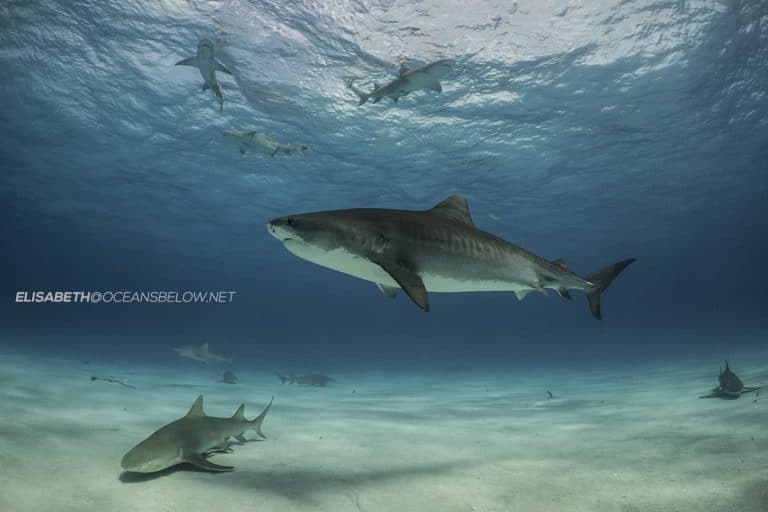
Cuba is rapidly emerging as a popular destination, yet its remarkable dive spots remain a secret to many.
Other Dive Destinations
Best Time For SCUBA Diving in Cuba
The best time for scuba diving in Cuba is typically from December to April, when the weather is dry, and visibility underwater is at its best. These months avoid the hurricane season, offering calmer seas and optimal conditions for exploring Cuba’s vibrant underwater ecosystems.
The prices are higher during the busier season, but it’s well worth it.
A great way to explore the region is by liveaboard.
If this interests you, have a read of my best Cuba Liveaboards blog!
Cuba Water Temperature
Cuba’s water temperature remains hot all year round, offering the perfect dive conditions. The water has a high of 30.2°C and a low of 26.4°C.
Here is a chart showing the Cuba water temperature by month.
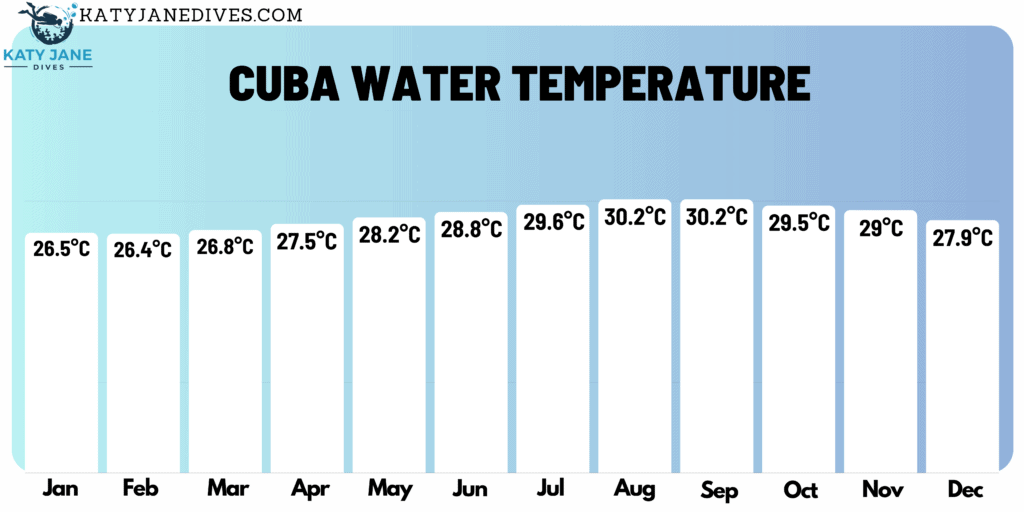
Recommended Diving Certifications for Cuba Diving
All levels of scuba divers, as well as complete newcomers to the sport, can enjoy diving in this part of the world. Most dive sites offer calm conditions suitable for beginners.
Although there are no PADI dive centres in Cuba, there are other reputable dive agencies you can choose to take courses with.
Where is the Best Diving in Cuba?
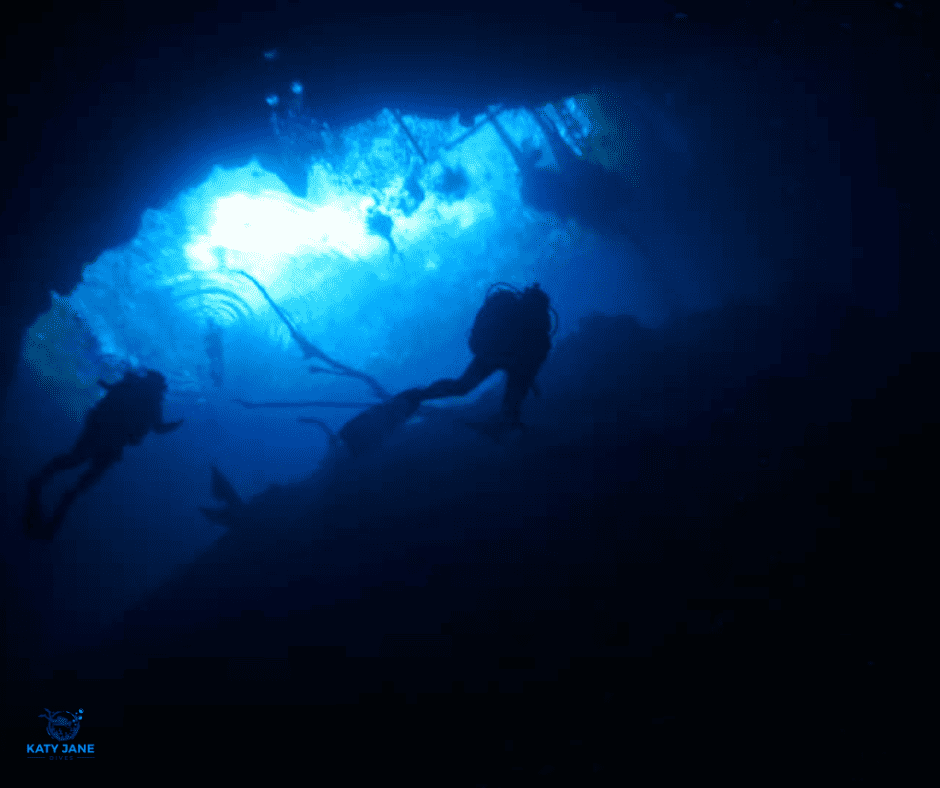
The best diving in Cuba is found in locations such as the Jardines de la Reina for its pristine coral reefs and abundant marine life, and Maria La Gorda, known for its biodiversity and clear waters.
Both sites offer unique diving experiences, from shark encounters in Jardines de la Reina to the mesmerising wall dives of Maria La Gorda, catering to divers of all levels seeking Cuba’s rich underwater landscapes.
There are over 1,000 square miles of coral reefs in Cuba and many species of animals are endemic to Cuba, meaning they are found no where else in the world. This in mind, you can be guaranteed an adventurous holiday exploring the unexplored.
How Much Does it Cost?
It costs, on average, $125 for five dives in Cuba, often offered as two-day packages. Whilst researching dive prices, I stumbled across a UK Divers Forum, where prices were listed as:
- 5 Dives- 125 Euros
- 6 Dives -150 Euros
- 8 Dives- 200 Euros
- 10 Dives- 230 Euros
- 12 Dives- 275 Euros
- 15 Dives- 330 Euros
- 20 Dives- 398 Euros
Flying from Europe is affordable, you can get return flights from $400. Getting to Cuba is fairly cheap and you have lots of options when you’re there. When it comes to diving it is best to plan ahead.
If you are looking to learn how to dive in Cuba, you can see how the country compares to other places in terms of prices here.
Can US Citizens Scuba Dive in Cuba?
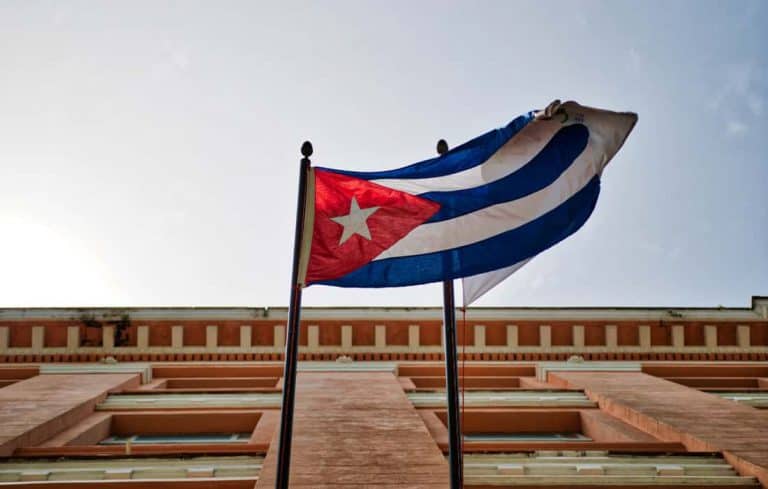
US citizens can scuba dive in Cuba by adhering to specific regulations due to the trade embargo which has been in place since 1962. Traveling for educational purposes, such as participating in an educational or conservation program, allows Americans to explore Cuba’s diving sites legally.
To dive legally, Americans must engage in authorised activities outlined by the U.S. Department of the Treasury, with programs like Blue Sanctuary’s sustainability efforts in Jardines de la Reina Marine Park offering a compliant pathway. Post-travel, documentation including the Travel Affidavit and program certificates should be retained for five years.
Personally, and political reasons aside, I think this is an excellent way of engaging tourists and divers with Cuban marine conservation efforts, the culture and offers a way to support civil society during their visit.
Conclusion
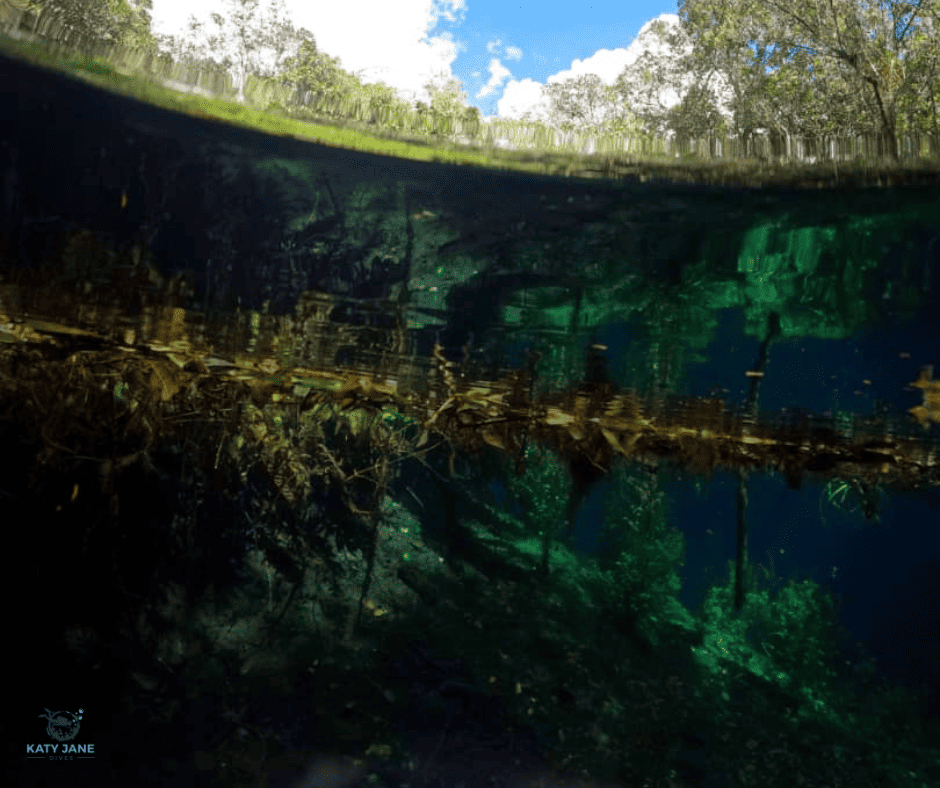
In conclusion, Cuba’s rich underwater landscapes offer some of the best diving experiences in the Caribbean, from the pristine coral gardens of Jardines de la Reina to the biodiverse waters of Maria La Gorda. With options for both beginners and advanced divers, and adherence to U.S. regulations allowing American citizens to explore these sites for educational purposes.
Yes, there may be a few extra hoops to jump through for U.S citizens, but Cuba stands out as a premier destination for divers seeking both adventure and conservation opportunities.
This blend of dynamic marine life, unique and untouched dive sites, makes Cuba an unmatched, and still relatively unexplored, choice for underwater adventures.
